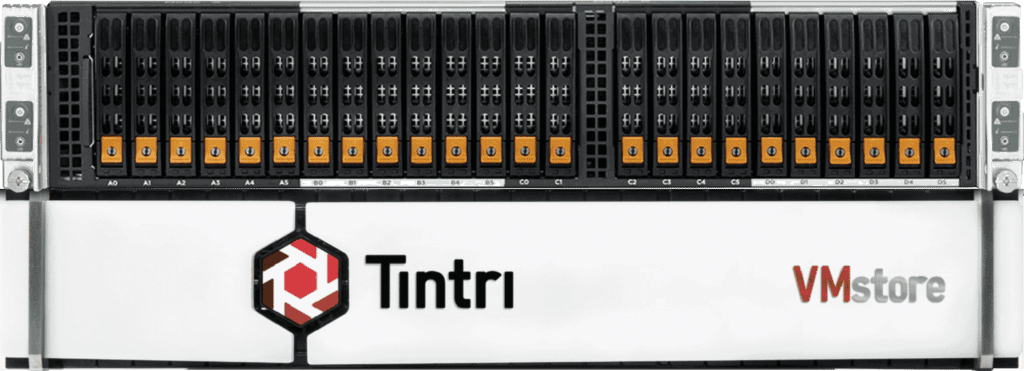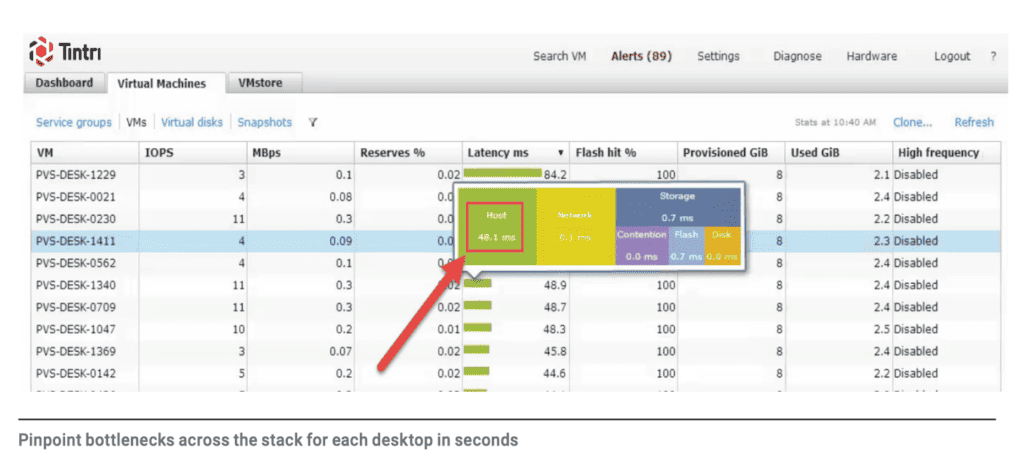A lot of people who didn’t know what a virtual desktop was a few months ago probably have a pretty good idea what it is now. Maybe not the specific technology or what the acronyms VDI or EUC even stand for – but they sure know what it means to work from home.
It turns out that a lot of people like working from home and a lot of businesses like having fewer office buildings to buy, lease and maintain. Physical offices and college campuses will surely be around, but their tethers to individuals will need to become even more transparent. And “working remotely” will increasingly need to mean “working anywhere, anytime” – bringing us closer to the original vision of the virtualized EUC experience.
What’s Different About a Platform that’s Purpose-Built to Optimize VDI?
Even during “normal” times, organizations have struggled to get the most out of their Virtual Desktop Infrastructure (VDI). Attempts to capture the benefits – greater control, scale, and consistency for end-user computing (EUC), and lower costs, have frequently backfired.
The biggest impediment to realizing the promise of VDI is usually storage. As more businesses are finding out the hard way, most standard storage is just that – standard. It’s just not designed for virtualization, let alone the demanding and fluctuating I/O requirements of VDI, which can be both write- and read-intensive. So IT ends up wasting a lot of time trying to configure, tune, and optimize storage and usually wastes too much money on “headroom” – overprovisioning storage to scale and support more users and address peak VDI loads.
The pandemic has likely only made these shortcomings and their impact on end-users more pronounced – because it’s not just about a handful of employees within each firm; it’s hundreds or thousands of users that are now affected because their desktops, tablets, and phones haven’t been delivering the performance and accessibility they need to be productive. And economic uncertainty has made businesses even more budget-conscious and wary of overprovisioning either storage or staff to tackle these problems.
Here’s where VM-aware, VM-integrated storage makes a difference. Tintri VMstore is an Intelligent Infrastructure portfolio and designed specifically for virtualized workloads. It’s intelligent because it combines advanced machine learning with a VM-centric approach that eliminates decades-old storage constraints and complexities associated with managing things such as LUNs, volumes, and RAID configurations.
Instead, VMstore is “smart storage” that leverages AI-driven automation and analytics more than any other storage solution, providing an almost hands-off experience for IT, while being simple enough to provide a hands-on experience for end-users that want more control over their storage footprints in VMware and Citrix VDI environments.

As more organizations face the need to quickly transition toward a dispersed workforce, a VDI-optimized approach becomes even more valuable. You can do things with Tintri VMstore that are otherwise impossible with standard infrastructure.
Smaller IT teams or those with minimal storage expertise can deploy VMstore in minutes. Even generalists who are moderately familiar with VM-level constructs can manage storage for thousands of virtual desktops in just minutes each month.
And when you DO have an issue, you can’t afford to spend countless hours on troubleshooting – especially with a combination of fewer IT staff members and more virtual desktop users. VMstore cuts through all of the noise and pinpoints the specific desktops that are creating or experiencing slowdowns – and whether that problem resides within your compute, network or storage layers. It can do this for any virtual desktop with simple visuals, and it does it in seconds. When adding new users, you get AI-driven recommendations that tell you where to place your virtual desktops right now for the best performance and exactly when to buy storage next year – so you make the best use of resources and avoid overprovisioning.
 The User Experience is More Important than Ever
The User Experience is More Important than Ever
It shouldn’t come as a surprise that the end-user experience is probably more critical for virtual desktop users than for users of a single application. As with your physical device, your virtual desktop experience is the baseline that dictates how your broader computing experience is going to be.
Because Tintri VMstore is optimized for virtualized environments, it can automatically maintain throughput, low latency and data protection schedules for each VM – essentially individualized QoS for each desktop and a consistent user experience for 100 users or 100,000.
It doesn’t matter where users work, what hours, or what devices they’re using. This VM-level isolation keeps each virtual desktop in its own lane, unaffected by what’s happening elsewhere, which mitigates the impact of wide-scale activity such as boot storms and virus scans. It’s impossible to provide this type of policy-driven desktop isolation and QoS using conventional storage. There’s no way to provide VM-level management – let alone automated management – if you can’t even provide VM-level visibility.
And because EUC teams can manage their own storage footprints they can be more responsive to end-users. They can act quickly – whether it’s scaling the virtual desktop environment or moving desktops around with intelligent AI-driven recommendations for optimal storage placement. In the meantime, organizations with a tight supply of storage experts can keep them focused on bigger ticket items.
How Does Intelligent Scaling Slash Cost and Complexity?
It’s not that easy to predict how fast your virtual desktop environment is going to grow, how much data you’re going to generate, or how much storage you’ll need next year or even next quarter – especially when many economic factors are unknown. Fortunately, Tintri VMstore can accurately predict all of that – including how much storage you’ll need not just to meet capacity requirements, but also performance requirements.
With VMstore you can scale up to thousands of desktops per system, with each one occupying only 2RU. If you anticipate fast growth, you can scale out without sacrificing simplicity. Not that you’ll need to, but you can go up to 64 nodes. That’s more than 40PB of capacity and support for hundreds of thousands of desktops – but you can manage all of them as one federated storage pool – even as one datastore. And when you add users, the desktop-level QoS means they’ll get exactly the resources they need without fancy calculations or guesswork. This eliminates the aggregate waste from headroom that’s usually provisioned across multiple datastores.
Most businesses would like to maximize resource utilization by combining VDI with other workloads on the same system, but many hesitate to do so because of concerns around resource contention and bottlenecks. Tintri VMstore enables you to isolate virtual desktop workloads from other workloads. So you can mix VDI with VSI or other workloads on the same system for a highly scalable, cost-effective solution that still automatically maintains QoS for each workload.
Purpose Built for ALL Virtualized Workloads
While VMstore addresses specific VDI challenges it also addresses the biggest challenges for virtualized servers, databases, applications, development environments and more – in short ANY virtualized workload can benefit from VMstore. The beauty of VMstore is its ability to self-optimize and provide capabilities that are common for each workload while addressing challenges that are unique to each workload.
For example, in DevOps environments, VM-specific isolation and QoS still works the same way, but rather than addressing boot storms, it may be used to ensure that development environments don’t siphon resources away from a critical production app running on the same system. Similarly, rapid space-efficient VM cloning is used the same way when provisioning hundreds of virtual desktops or hundreds of VMs for database dev/test environments.
Please reach out to Chi for more information about Tintri VMStore.
Originally published on the Tintri blog, June 9, 2020, by Ram Narayanan

